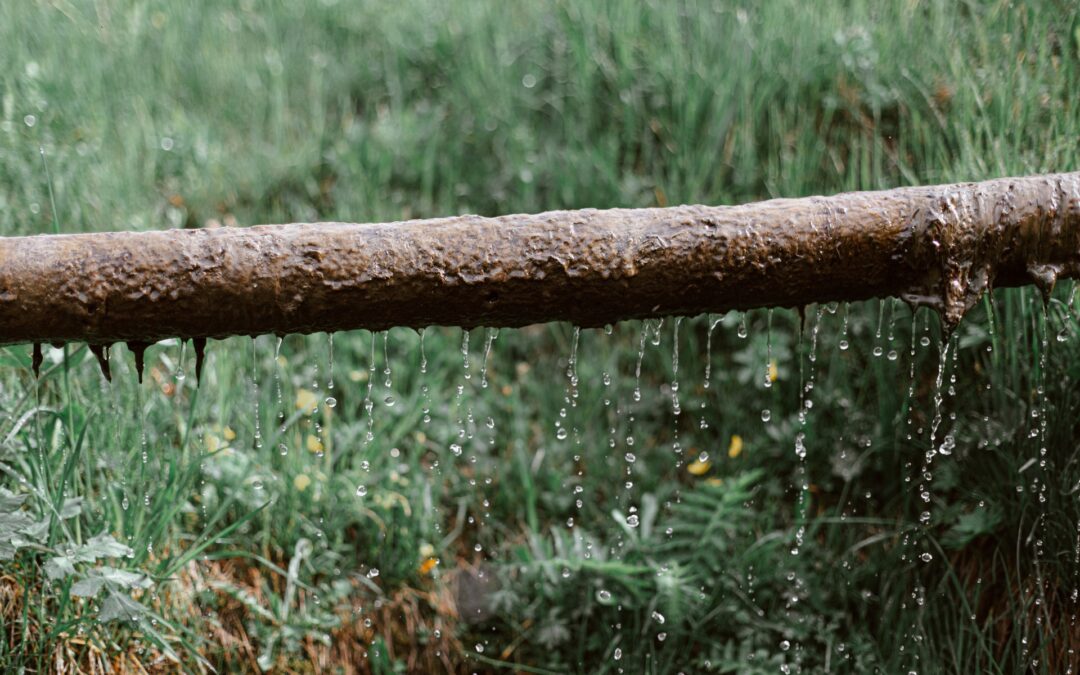When buying a house, we typically assume that the plumbing system is intact and functional. In fact, we usually have an inspection report that verifies this, so we seldom give it a second thought. We may have in mind changing the style of the kitchen or bathrooms and may be considering different fixtures, but we don’t often consider the pipes that supply the water or carry it away. A good rule of thumb is to give the plumbing system in your new or existing home your full attention. Here’s what you need to be aware of.
Plumbing system problems and failures are most often caused by age, lack of maintenance, faulty components, significant temperature changes, or poor installation quality. As with anything, the more you know about your plumbing system, the better prepared you are to anticipate problems.
A new homeowner’s best source of information is often the inspection report, which will inform you of the primary pipe material in your plumbing system. The material matters! Depending on the age of your home, you might have copper pipes that last fifty-plus years. Brass pipes are suitable for forty to seventy years. Cast iron will last seventy-five to one hundred years. PVC lasts indefinitely. These are average lifespans of the pipes, and keep in mind that connectors commonly fail before the pipes.
If your system is comprised of lead pipes or polybutylene (gray plastic tubing that was commonly used from the ’70s to the ’90s), it should be replaced as soon as possible. You are most likely aware that lead in drinking water is harmful to your family. What you may not have known is that oxidants such as chlorine in municipal drinking water will break down the material in polybutylene pipes, causing them to become brittle and break over time, which can cause catastrophic damage to your property. Some homeowners have had insurance policies refused or canceled if their home has polybutylene piping.
The most obvious signs of plumbing system failure are cracks in the pipes, rust or corrosion (especially around the connections), and leaks. Other signs include dampness or water near baseboards or behind sinks. Check behind other appliances that use water, such as washing machines and dishwashers. Be aware of warped or stained floorboards or water that is discolored or smells funny. Low water pressure can mean a leak or blockage in the supply chain. Slow draining can indicate a clog in the drainage system.
Whether to repair or replace the plumbing will depend upon the individual situation. It’s best to seek the advice of a certified plumber to determine your best course of action. Keep in mind that a remodeling project, be it a kitchen, bathroom, or laundry area, is a perfect time to examine exposed pipes and make necessary repairs and upgrades.


